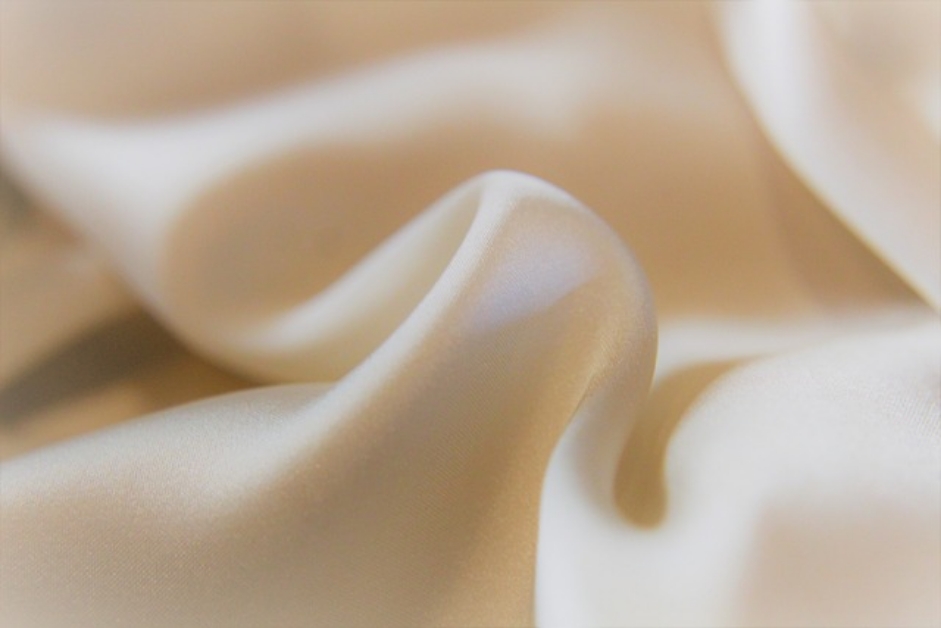Introduction
It is very significant to take care of your Indian handmade textiles. These pieces of fabrics are sometimes extremely old and hold very special memories like your grandmother’s shawl that has her scent or it might be your mother’s Chikankari kurti that you wear on the most blissful of occasions. Since they hold a lot of meaning for you, you cannot simply drop it into a washing machine like your normal clothes. These clothes are extraordinary and therefore, they deserve good care. In order to preserve these fabrics, you should know some information regarding the kind of textiles you have. You will not treat a Chanderi silk and a Banarasi silk in the same way, these clothes respond differently to different materials. These clothes are woven by actual humans over months, dyed with hard work and the finishing is done with skill.
How to Wash

It is a risk to wash these clothes in the washing machine as there is a certain delicacy about them. You should wash only when it is really required. You do not need to wash these pieces regularly unless you have worn it or some part of it has got stained.
If it is a cotton textile, you can soak it for an hour in cold water with a spoon of salt. If you are cleaning it later, you can add mild detergent to it. Instead of adding mild detergent, you can also add baby shampoo and wash it by hand. You should NEVER roughly rub or wring the cloth. You must gently soak, swirl, rinse and let it dry peacefully in the open.
If it is a silk cloth like a banarasi or tussar or kanjeevaram saree, you should not wash it at home unless it is absolutely necessary. You should air them out and keep them away from direct sunlight.
If it is an embroidered piece like a Kalamkari sari, you can clean it using a diluted detergent and a white cloth. Never use hot water on them.
How to Store
You must store handmade textiles with a lot of care. Never put them in plastic bags as it might lead to moisture and fungus. If you have a silk cloth, it would be advisable to fold it loosely so that there are no deep creases. You can wrap them in muslin cotton as it is natural and will protect the textile gently.
You can also add neem leaves or cloves in a small pouch so that pests do not come near your cloth. If you are storing a textile with zari work, you can insert acid free tissue paper between the folds. Do not hang heavy saris for a very long time because it adds stress to the cloth.

How to Wear
When you have worn these fabrics, you should not use any heavy scents or perfumes along with it because it weakens the fabric or might stain it. Your jewelry should not snag on it so please be careful when you are putting on bangles. If you are attending an event where you must sit for a long time then you should put a cotton cloth over your seat to avoid stress on your fabric.
If you are travelling, you should roll your fabric so that there are no creases that arise when you fold them. As mentioned earlier, use only cloth bags and say no to plastic. If you add a sachet of lavender, it will keep your fabric.
Conclusion
Indian handmade textile are more than just wearable items. They are living snippets of culture. Therefore, one must take good care of them.
Author
Shreeja Mukherjee


